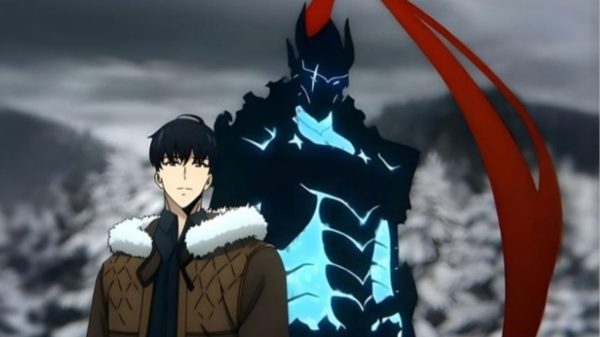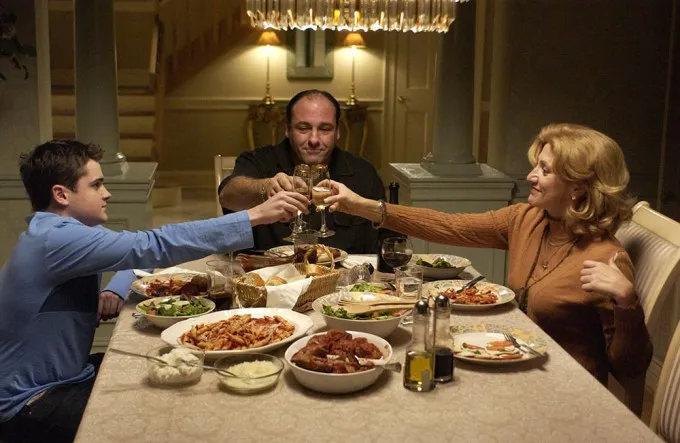“The Pine Barrens” is considered one of the standout episodes of HBO’s critically acclaimed series “The Sopranos”. Directed by Steve Buscemi, the episode focuses on the misadventures of Christopher Moltisanti and Paulie Gualtieri as they attempt to collect a debt from a Russian criminal, Valery. The episode’s ambiguous ending is a hallmark of the show’s realistic portrayal of the mafia, and its influence can be seen in the show’s iconic finale.
The episode’s central plot is simple yet effective: Christopher and Paulie, two bumbling members of Tony Soprano’s crew, find themselves chasing Valery through the Pine Barrens of New Jersey after he escapes their attempts to collect a debt. As they struggle to corral Valery, their incompetence and lack of leadership skills come to the forefront, foreshadowing their tragic fates in later episodes.

A Still From The Sopranos (Via IMDB)
What sets “Pine Barrens” apart from other episodes of “The Sopranos” is its refusal to conform to traditional narrative structures. The episode’s open-ended conclusion has sparked debate among fans, and even creator David Chase had an alternative ending filmed that would have seen Valery meet a brutal end at the hands of Christopher and Paulie. Ultimately, Chase opted for a more ambiguous conclusion that left the audience feeling a sense of desperation and frustration, mirroring the desperation felt by Christopher and Paulie as they struggled to keep their ineptitude from Tony.
The influence of “Pine Barrens” can be seen in the show’s eventual series finale, “Made in America”, which also defied traditional narrative structures by leaving some questions unanswered. The episode’s ambiguity has become a hallmark of the show’s impact on the television terrain, cementing its reputation as one of the greatest drama series of all time.
























